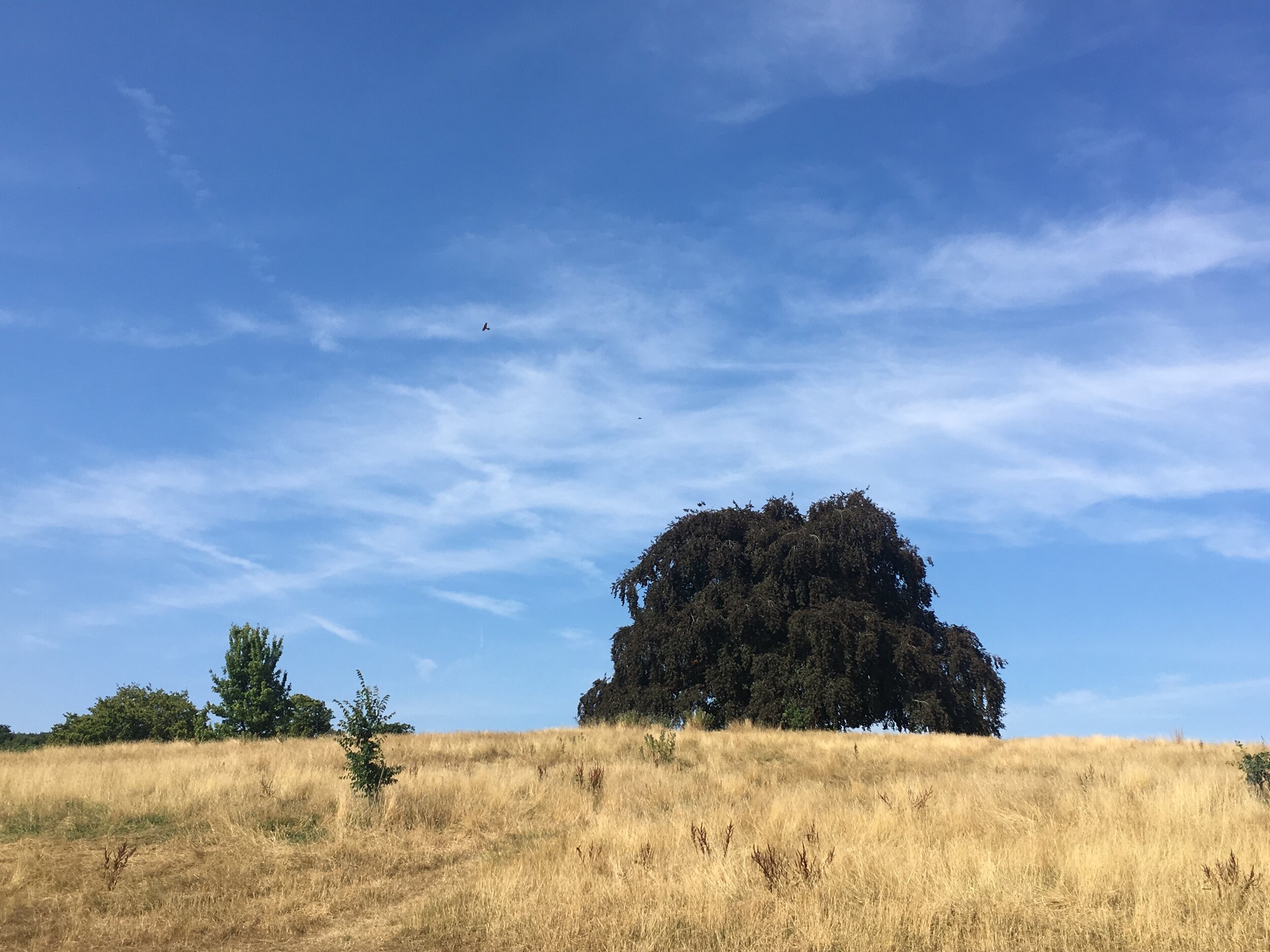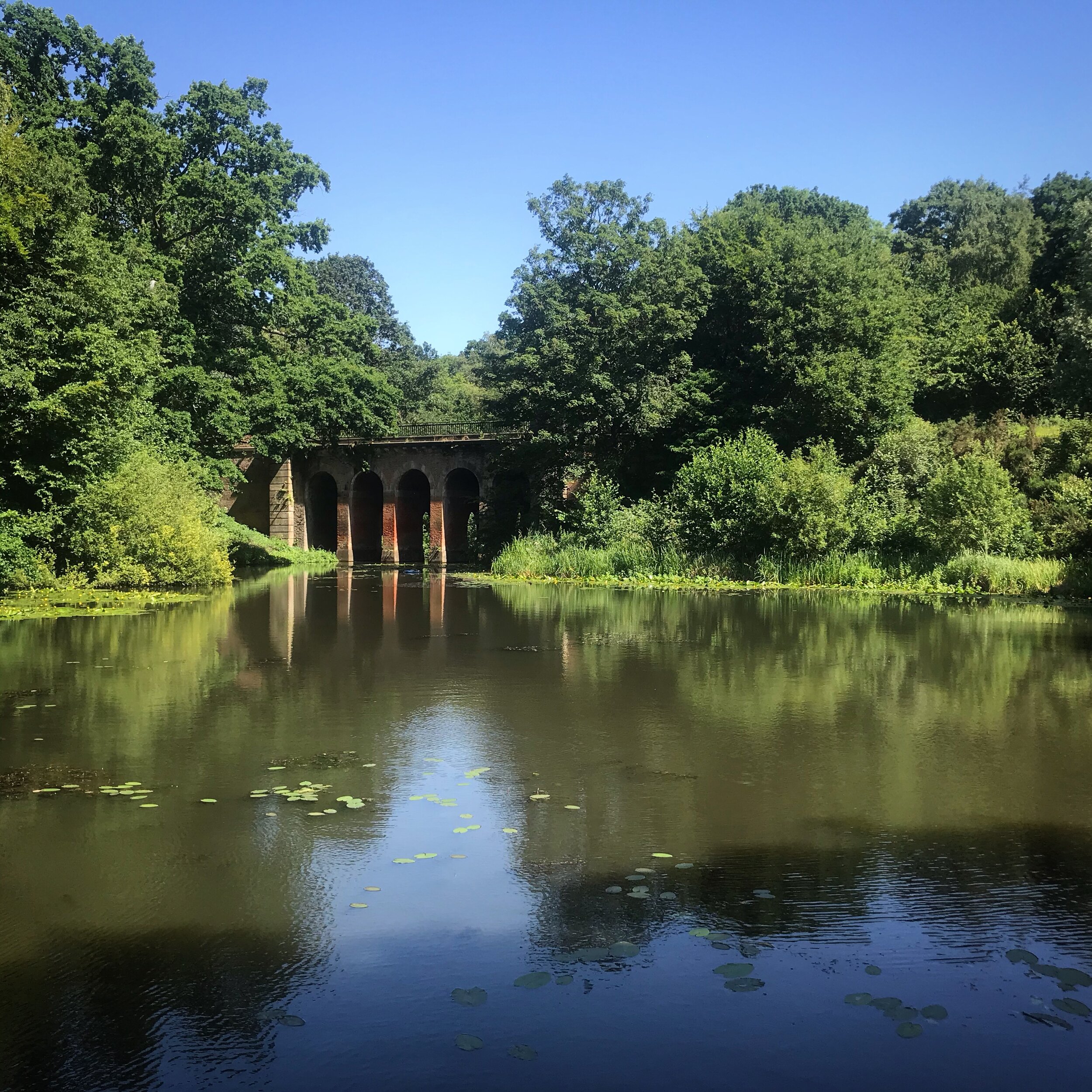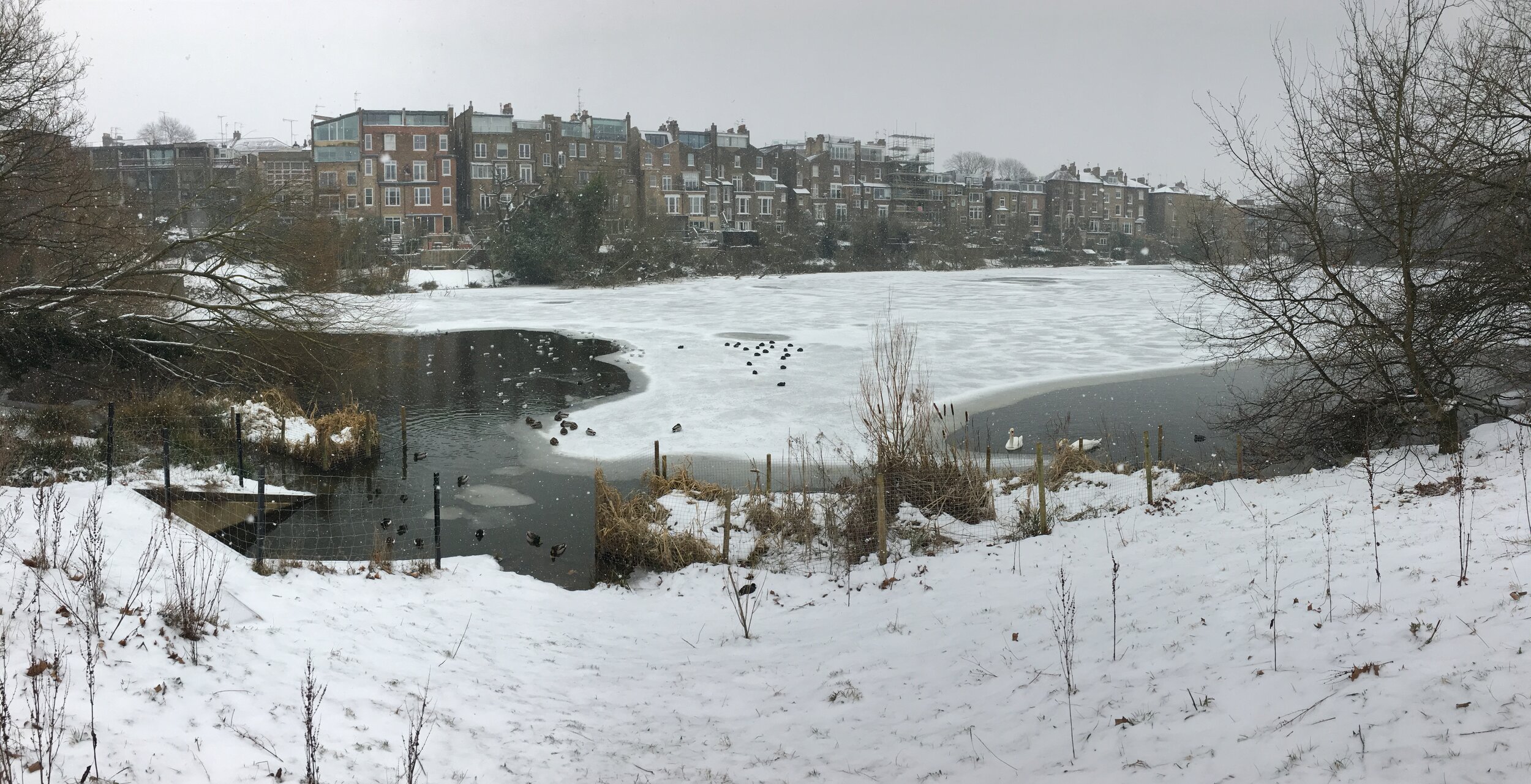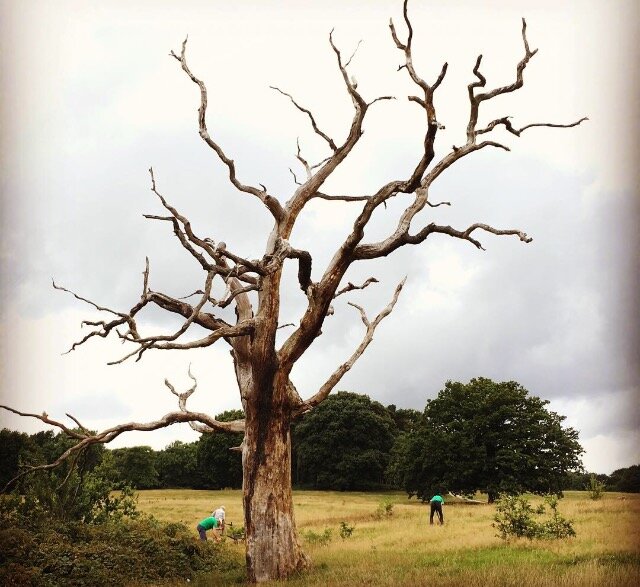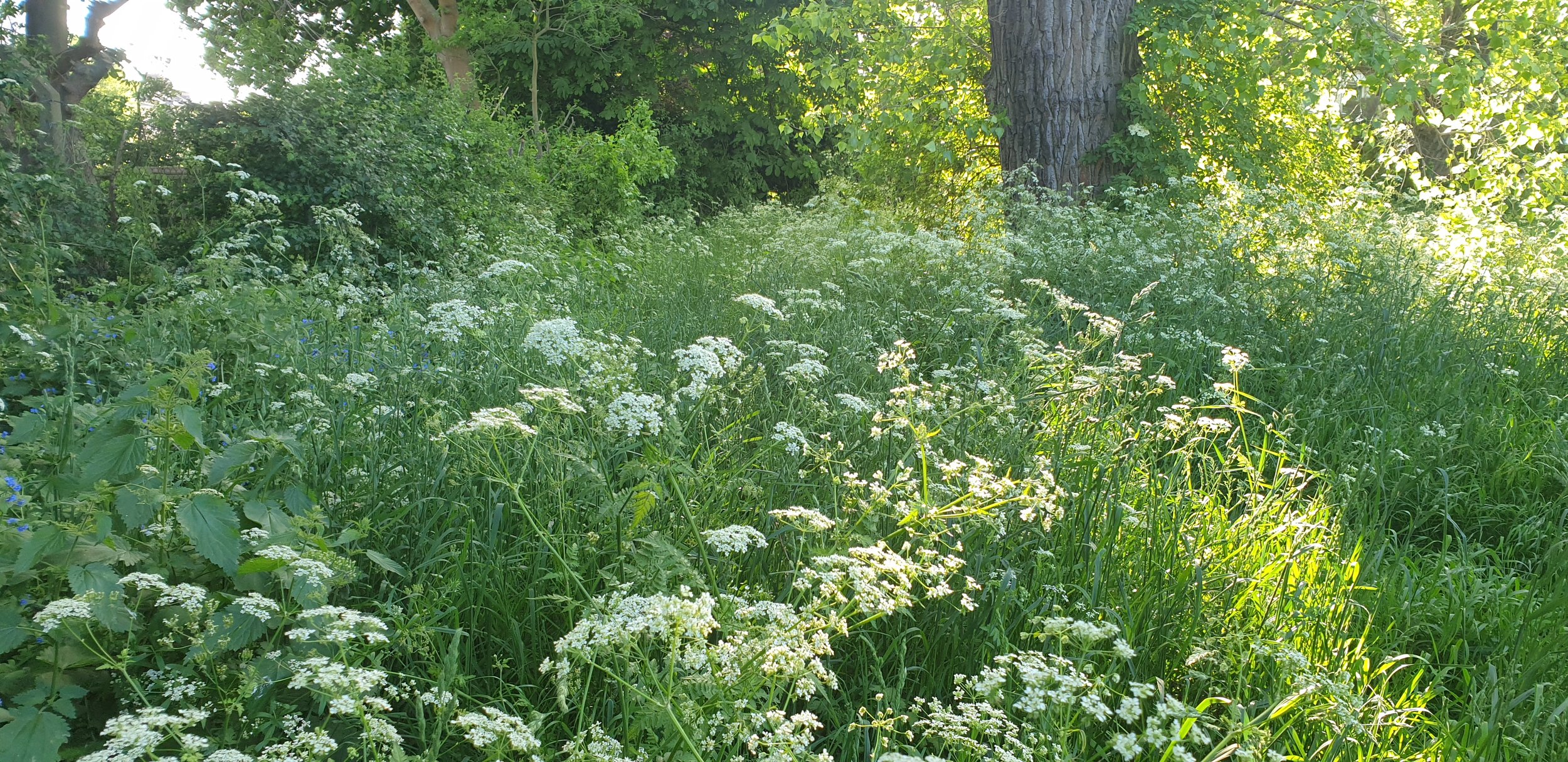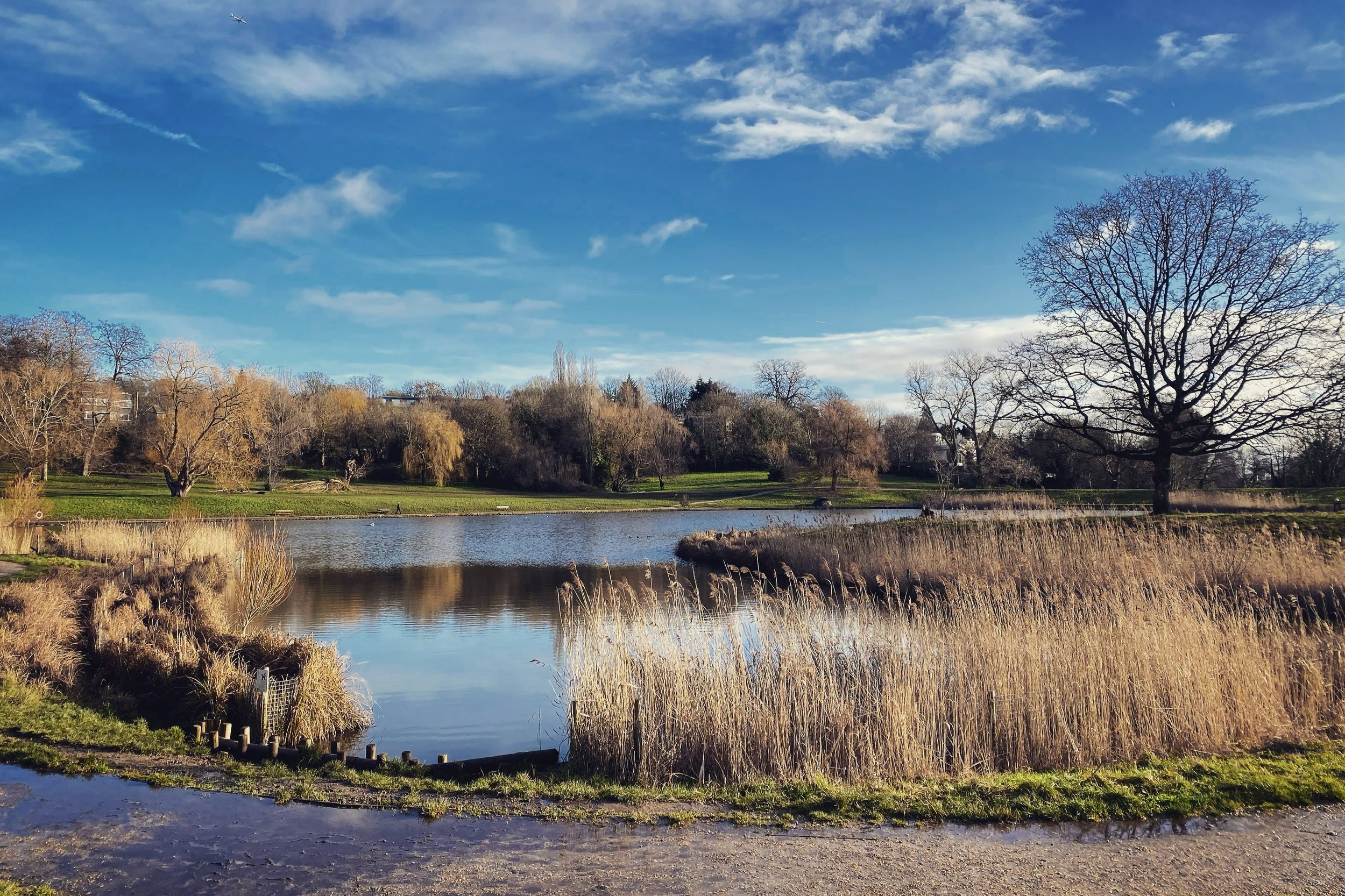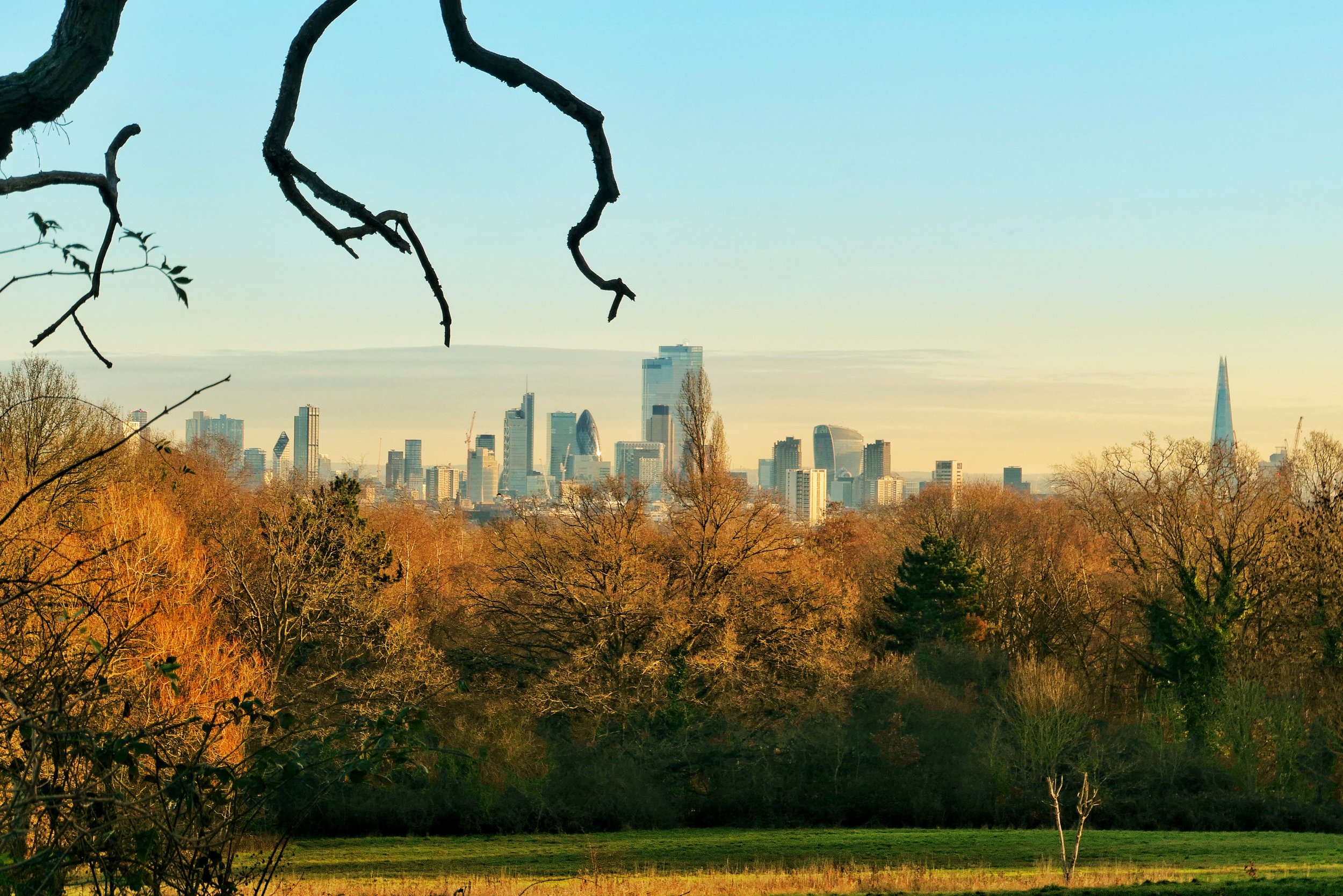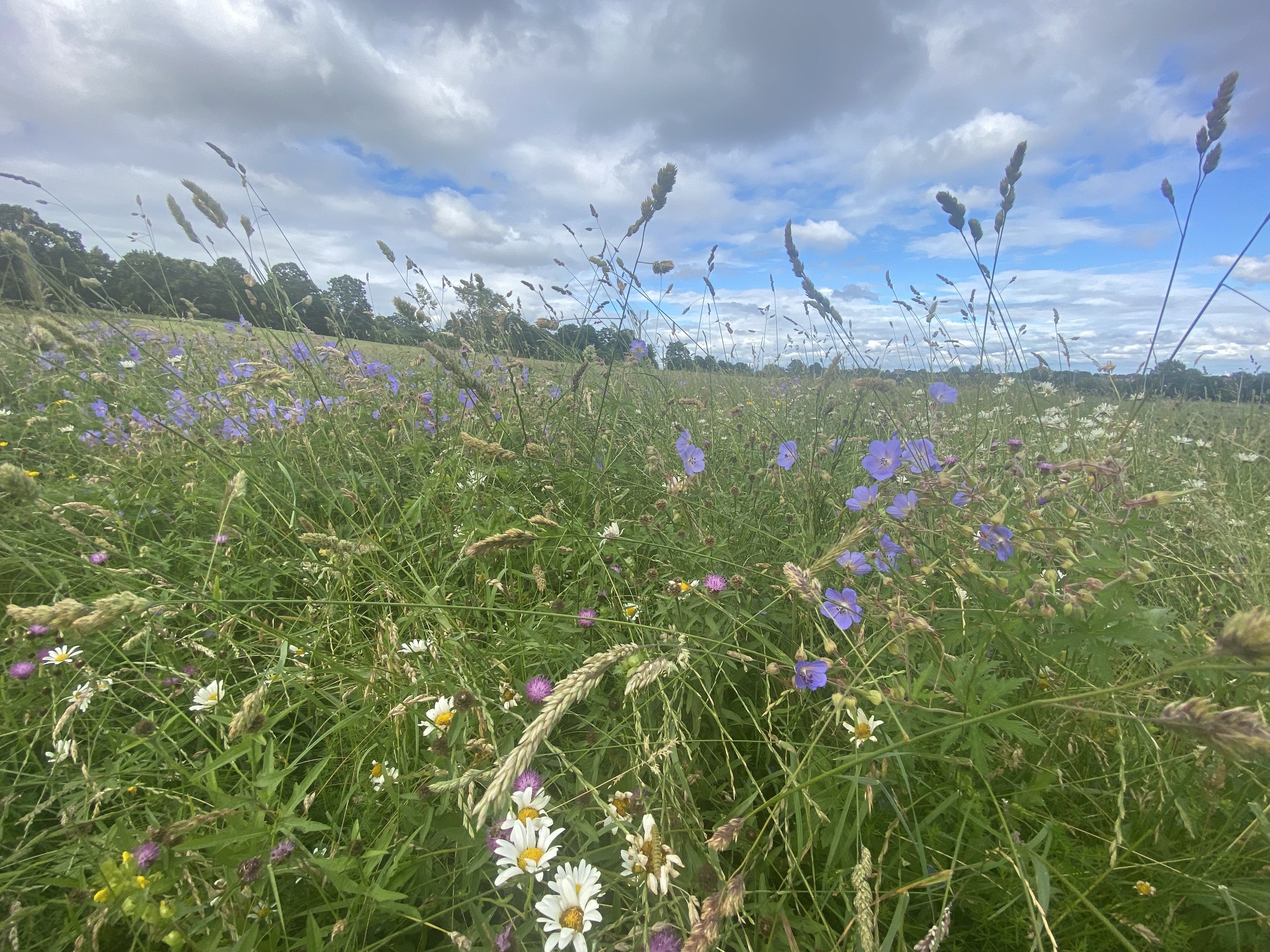Hampstead Heath key facts
Hampstead Heath is a unique green space, a piece of countryside only a few kilometres from Central London. Having long been shaped by human activity, its special character and variety of different habitats, would be lost without active conservation and responsible use coordinated by various organisations including Heath Hands.
For maps, opening hours, and accessibility information, click here.
Some facts about Hampstead Heath:
It’s 320 hectares or 790 acres in size
Only a few kilometres from the city centre (in Zone 2 on public transport), the Heath welcomes many millions of visitors each year.
The Heath is always open, apart form areas such as the Kenwood Estate, Hill Garden and Pergola, Highgate Wood and Golders Hill Park, which close at night and in high winds. Find out more about opening times here.
Includes the highest point in Central London and some of the best views across the capital.
There are great sports facilities (tennis, athletics etc), a free zoo at Golders Hill Park, regular guided walks, swimming ponds and one of London’s last remaining outdoor lidos to enjoy. If you need support to access these facilities, do contact us.
Natural features of the Heath
The Heath is home to several species of conservation importance including kingfishers, toads, stag beetles and grass snakes (you can support some of these species here)
The Heath has 30 ponds which are environmentally important and some are famously used for swimming!
Remnants of ancient woodland and hedgerow exist, alongside rare acidic grassland, heathland habitats and wildflower meadows - find out more about the Heath’s habitats here.
There are over 700 veteran trees - including rare Wild Service Trees, Midland Hawthorns and many English oaks. You can find out more about these veteran trees here.
Over 350 species of fungi can be found on the Heath, where they are protected by law against foraging.
Amongst invertebrates, 29 species of butterflies, 19 species of dragonfly and damselfly and a quarter of Britain’s spider species have been recorded on Hampstead Heath.
180 bird species have been recorded here along with 23 species of butterfly.
The Heath provides an excellent home for 9 species of bats.
Hampstead Heath has the largest hedgehog population in London.
Map of Hampstead Heath
